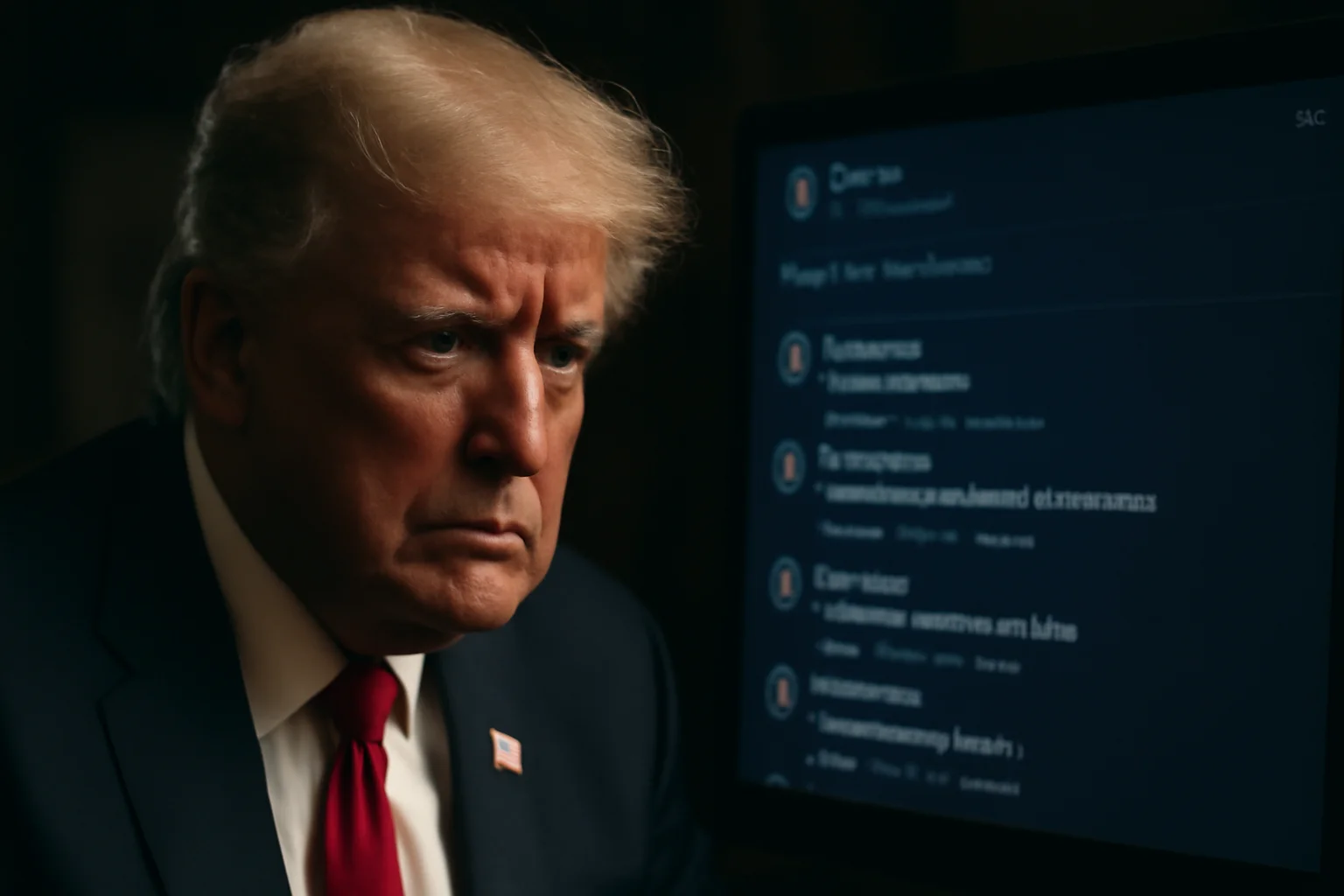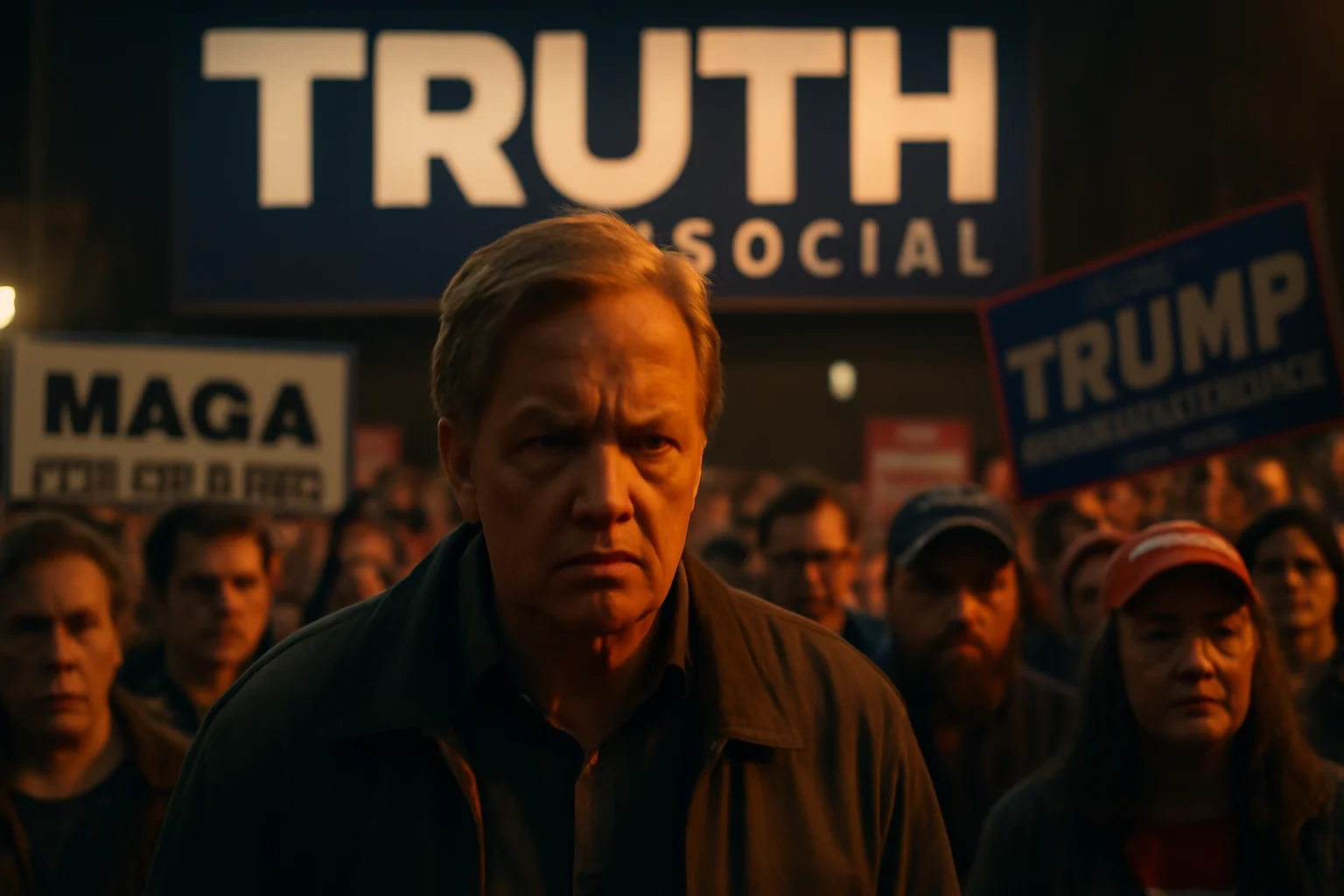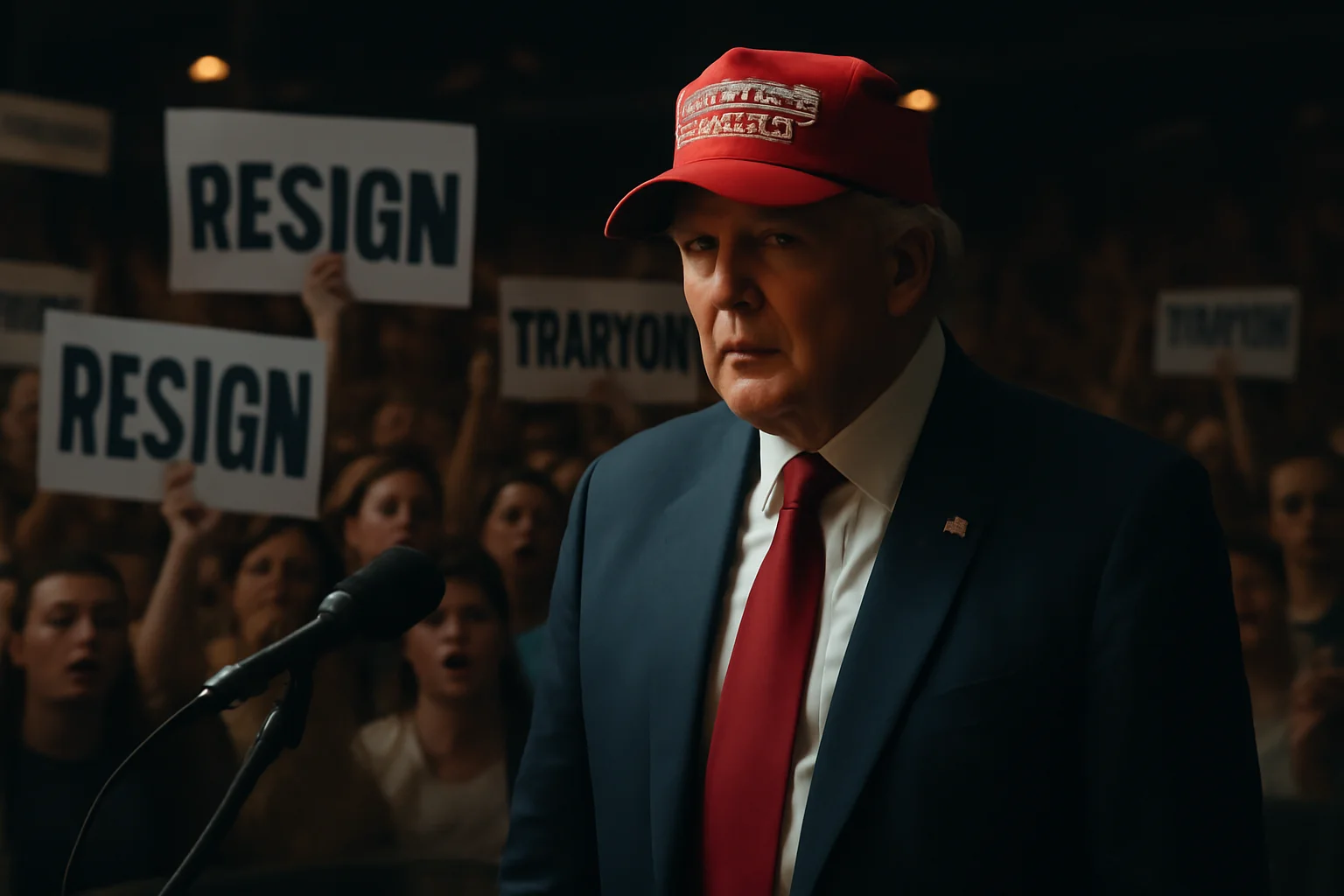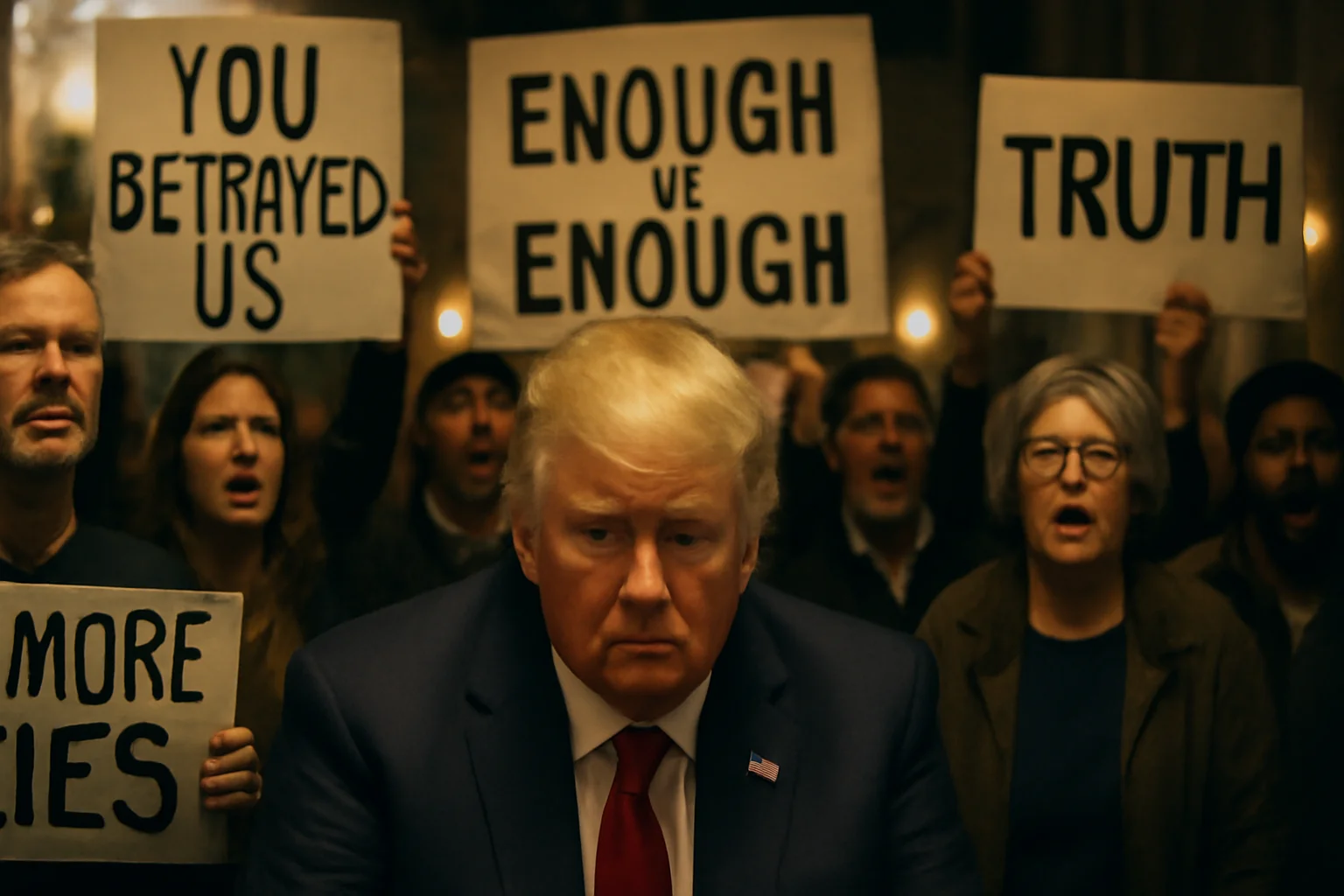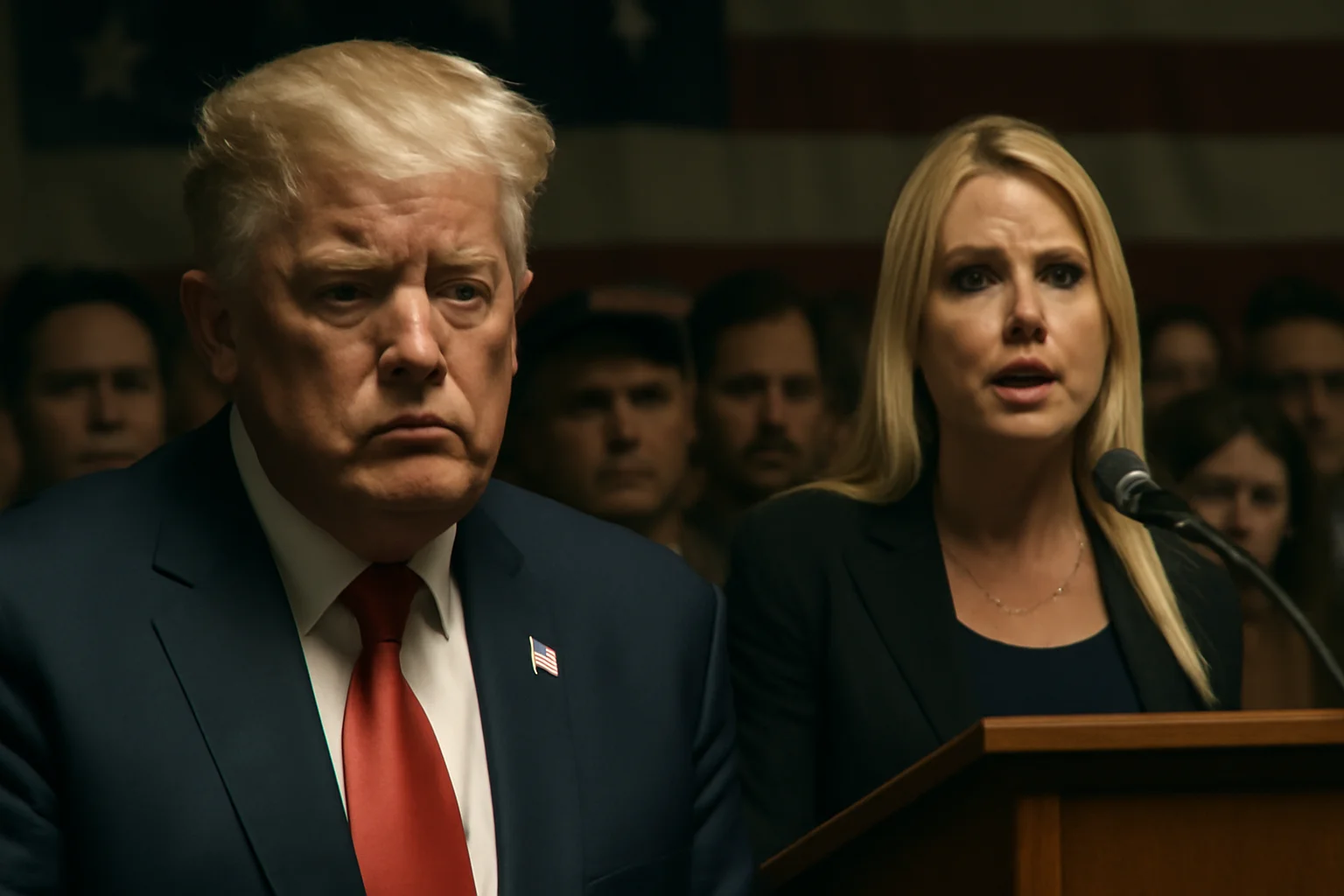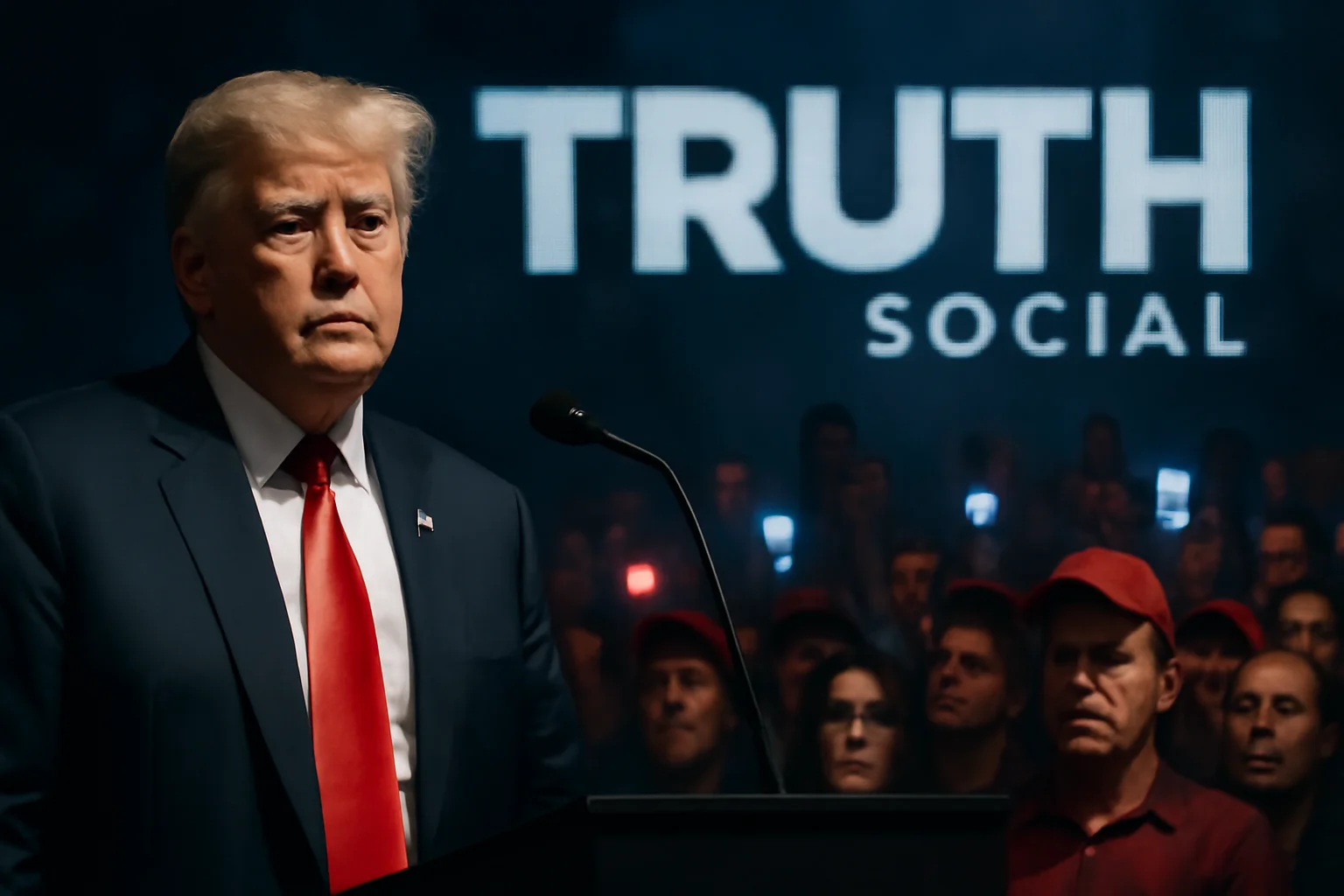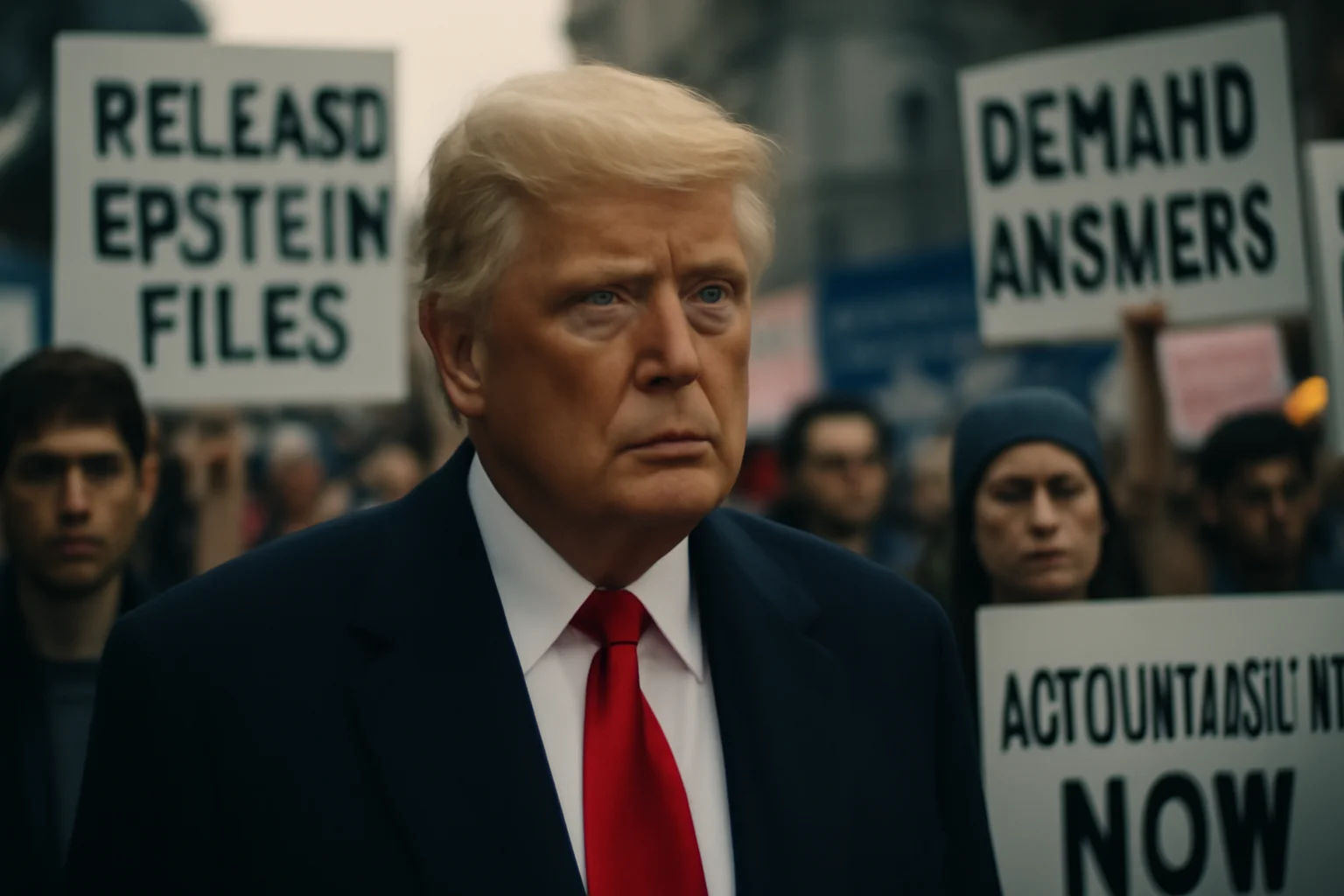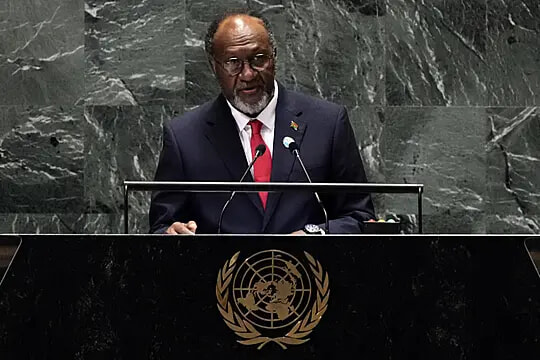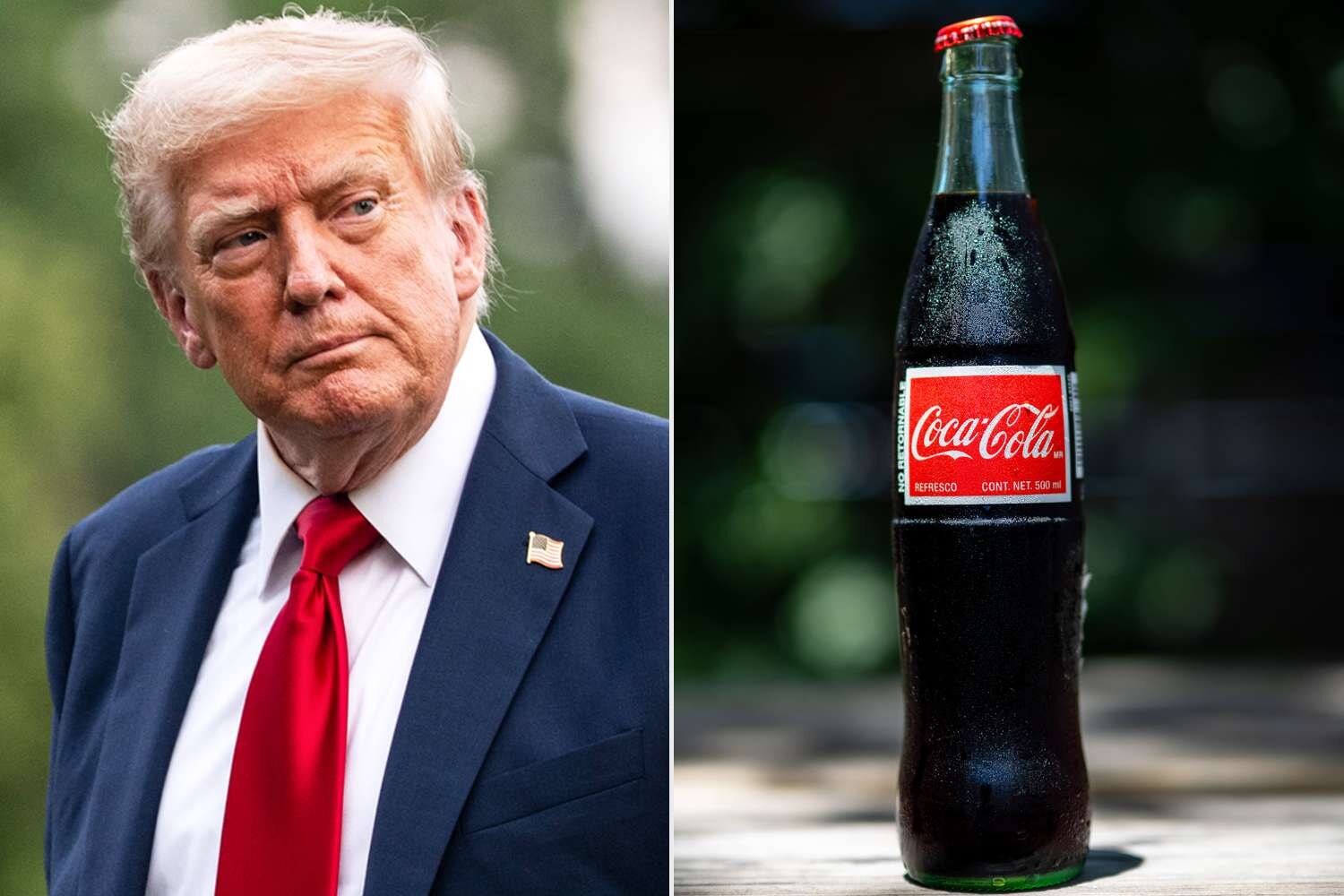The impact of the Epstein backlash extended beyond Truth Social, reverberating through right-wing media, talk radio, and cable news.
Far-right influencers and activists, once reliable defenders, turned their criticism on the administration, demanding answers and hinting at cover-ups.
Charlie Kirk, Laura Loomer, and other prominent voices openly questioned the official narrative, fueling further speculation and distrust.
News coverage chronicled the growing rift, documenting the unprecedented “ratio” and the emotional responses pouring in from across the conservative spectrum.
Conspiracy theories multiplied, fueled by ambiguity and the absence of hard evidence, while mainstream outlets seized on the story as proof of Trump’s eroding grip on his base.
Fox News, once a stalwart ally, debated the implications on-air, with some anchors warning of a “ticking time bomb” that could damage the president’s standing.
Meanwhile, the administration doubled down, insisting that the files were untrustworthy or irrelevant, shifting focus to other issues like voter fraud and immigration.
The refusal to release further information only deepened suspicions, as supporters wondered what might still be hidden from view.
Even Elon Musk, never far from controversy, weighed in on social media, calling for the files to be released and reigniting the debate.
What began as a social media spat now threatened to reshape the narrative of the 2026 election cycle.
The MAGA movement, once unified, found itself adrift in a sea of doubt and recrimination.

